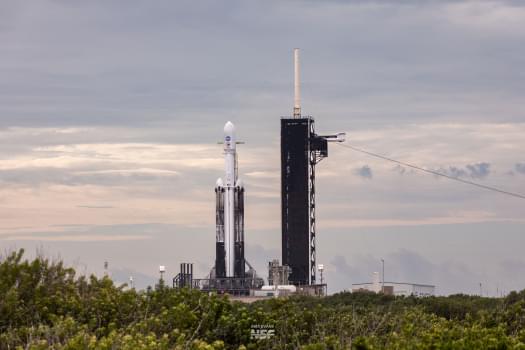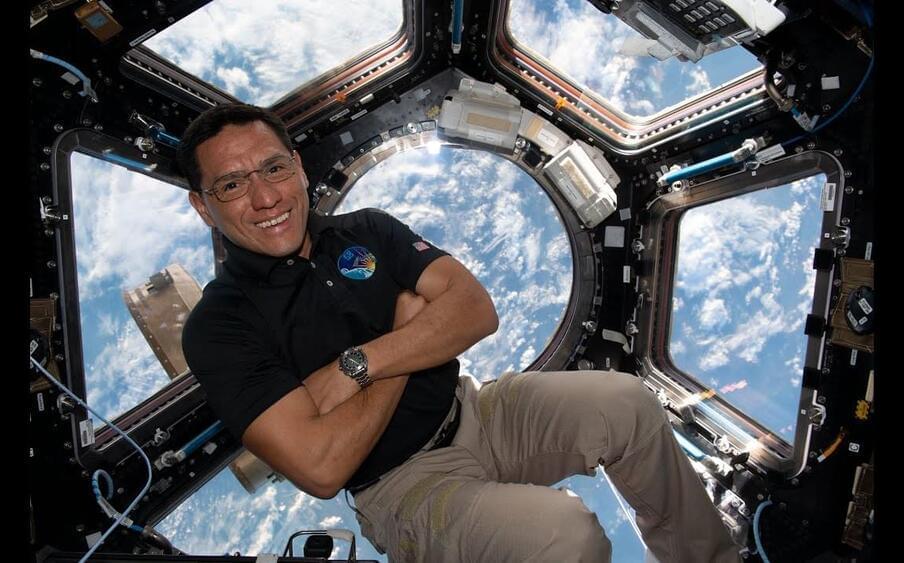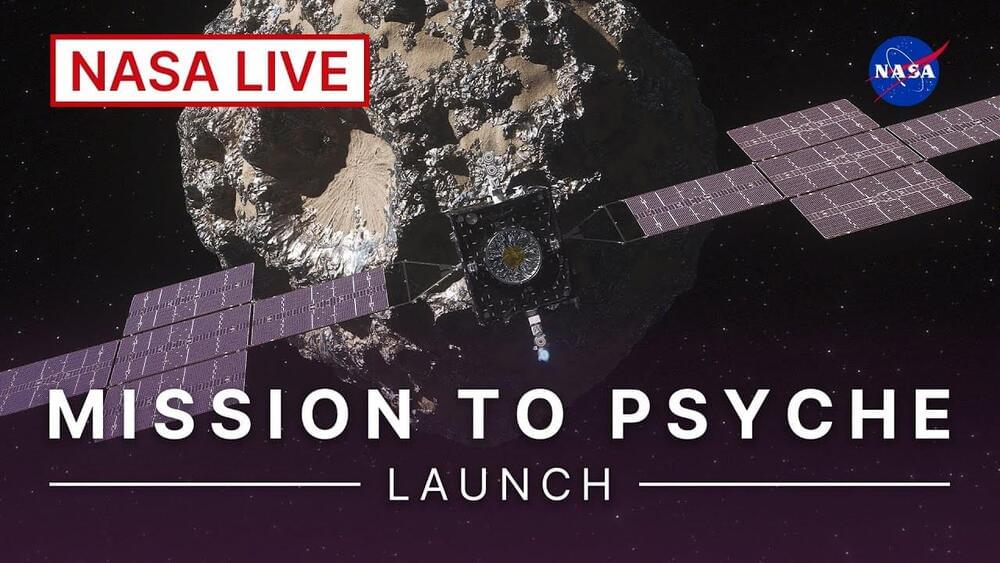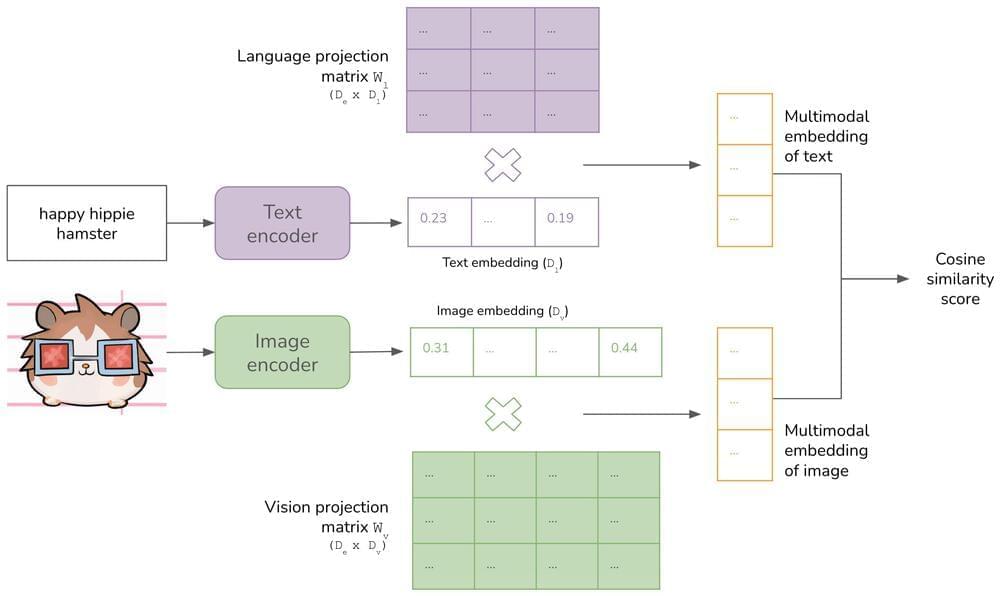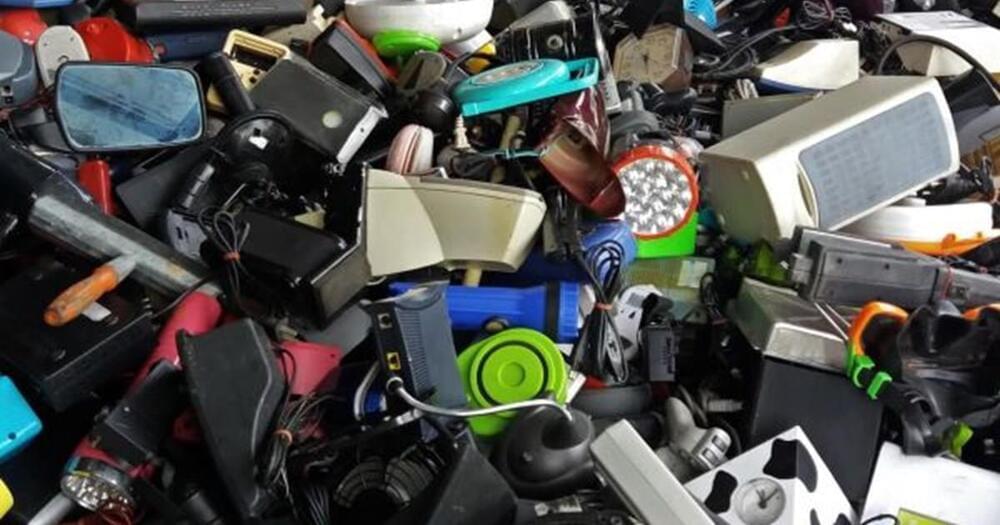
Of the three great Stoics, Seneca always interested me the least. A playwright and professional philosopher, he seemed unlikely to be acquainted with the more mundane forms of suffering that beset humanity. This made him seem unfit to propound upon a philosophy concerned with right conduct under challenging circumstances.
Marcus Aurelius, ruler of an enormous empire, spent most of his reign embroiled in wars he had no desire to fight. Epictetus, a Greek who endured the hardships of slavery, also embodied the Stoic ideal. Cries of “ad hominem!” aside, it is hard to dispute that our experiences shape our outlooks on living. Biographical criticisms can be flimsy, but the central argument in De Brevitate Vitae — an otherwise inspirational classic — was exceptionally naive for the 1st century.
Although Seneca understood intrigue and exile firsthand, he was not privy to the time-sapping vicissitudes of householding or holding down a job.

